Apple has more than one billion active iPhone units

According to an analyst with a decent track record, there are now more than 1 billion active iPhones in use today. Neil Cybart, the aforementioned analyst, wrote in the Above Avalon blog, "A billion people now have iPhones. According to my estimate, Apple passed the billion iPhone users milestone last month. Thirteen years after going on sale, the iPhone remains the perennial most popular and best-selling smartphone."
Cybart adds, "Competitors continue to either shamelessly copy iPhone or, at a minimum, be heavily influenced by the iPhone. Looking ahead, Apple’s top priorities for the iPhone include finding ways to keep the device at the center of people’s lives while at the same time recognizing the paradigm shift ushered in by wearables.
- iPhone 13: price, release date, features, and specs
Apple's installed base of iPhone units hits one billion
The increase in the number of active iPhones is good news for Apple because it means that there could be more demand for its Services unit. After iPhone sales peaked in fiscal 2015, Apple did the smart thing and decided that it would focus on selling services to iPhone owners. So it set a goal to double the unit's revenue from $25 billion to $50 billion by the end of this fiscal year. We should know whether Apple met this long-standing goal by Thursday when the company reveals its fiscal fourth-quarter results for 2020 which will also include the complete revenue numbers for fiscal year 2020. For the first three fiscal quarters of this year, Apple generated $39.2 billion in Services sales which means that if the unit grosses at least $10.8 billion from July through September, Apple will have met the target. Services include businesses like Apple Pay, the Apple Store, the App Store, iCloud, Apple Music, Apple TV+, Apple Arcade, Apple News+, Apple Care+, iTunes, and more.
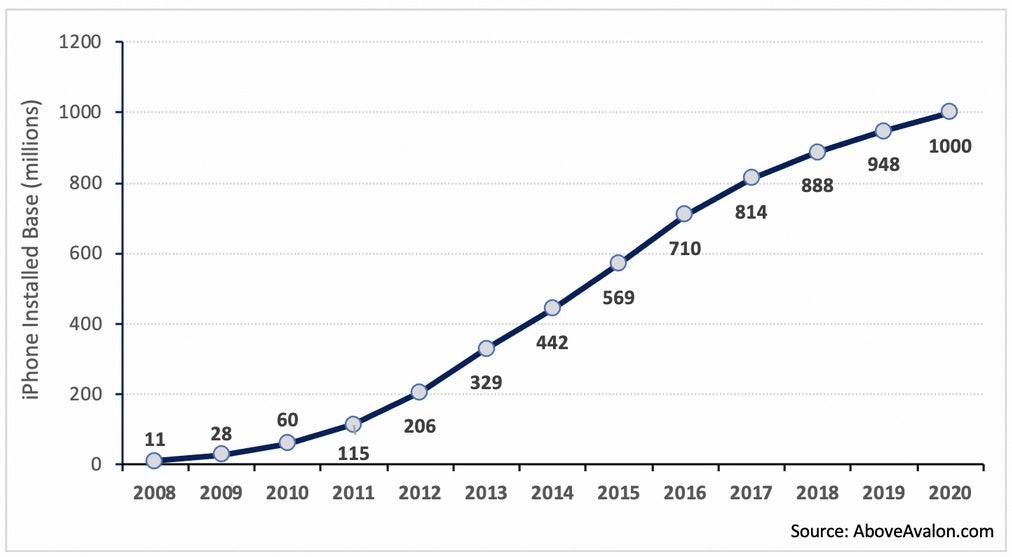
Apple's iPhone installed base is over one billion units
Cybart states that the iPhone business has turned into one of selling upgrades. The percentage of iPhone buyers upgrading to a new model continues to grow. For fiscal year 2020, the percentage of iPhone sales to new users will be under 20% of overall iPhone sales; that would be an all-time low and reveals how important iPhone upgrades are. The analyst says that Apple is still generating 20 million to 30 million new iPhone users each year. These people become addicted to Apple's ecosystem and end up purchasing other Apple devices such as a pair of AirPods, an Apple Watch, and an iPad.
The analyst says that Apple has three goals that it should seek to meet. One is the continuing improvement of the cameras on the iPhone. Cybart says that a camera "arms race" has each manufacturer trying to prove that their system is the best. As far as Apple is concerned, the analyst says that there is a risk that iPhone users become content with the camera on the model that they own and decide not to upgrade. But that seems to go hand-in-hand with the increasing durability and longevity of the phone. And as Cybart says, a more durable Apple iPhone "ends up strengthening the iPhone’s value proposition via higher resale values. If a new iPhone can be recirculated to additional users, the gray market will be strengthened and consumers will find more attractive payment terms and options at time of purchase."
The analyst made it clear that the iPhone is behind the huge surge in Apple's installed base from 125 million in 2010 to more than 1 billion now. While the iPhone will remain Apple's main tool for attracting new users, wearables-including Apple Glass-could be responsible for the next billion members of Apple's installed base. More interesting is whether Apple actually achieved peak iPhone sales of 231 million iPhones in fiscal 2015. Cybart's take is that Apple has yet to reach peak iPhone sales and that the company will continue to benefit from a flattening of the upgrade cycle to four-five years along with the device's strong resale value. In addition, with the eagerly-awaited Apple Glass set to launch over 2021-2022, the iPhone could continue to attract new users since the wearable will probably require a nearby iPhone to handle any complex processing. That is how Apple handled the early Apple Watch models. Over time Apple weaned its smartwatch off of the iPhone and that should happen with Apple Glass. Still, at the beginning, it will be another role handled by the iPhone. The more roles that the device handles, the more important the handset is.





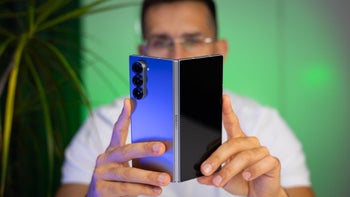
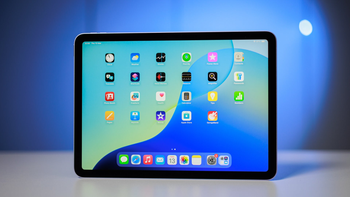
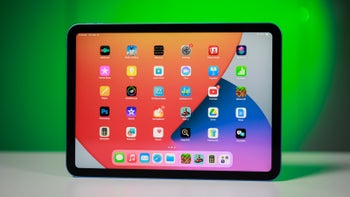
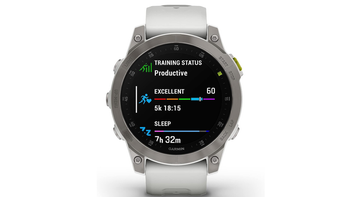
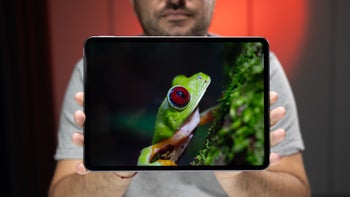
Things that are NOT allowed: